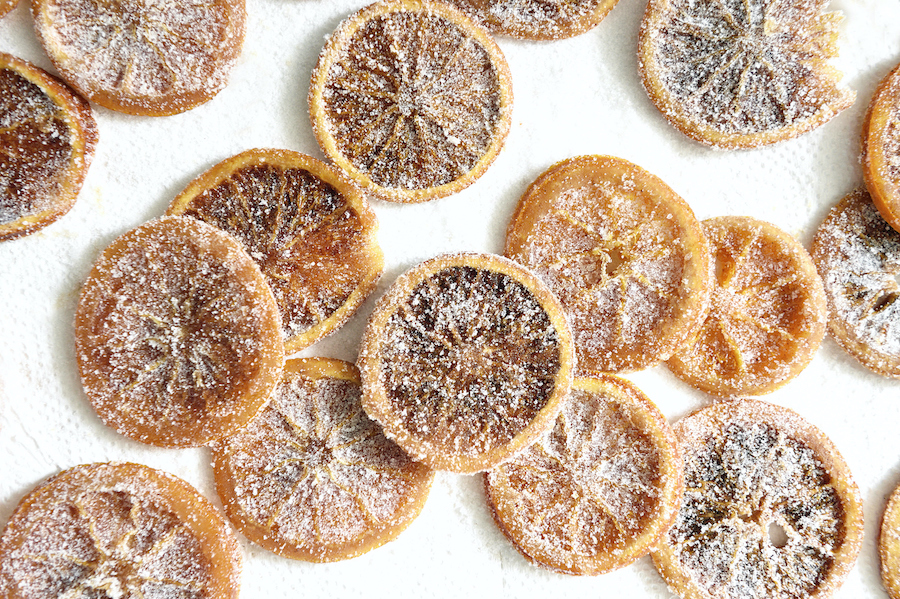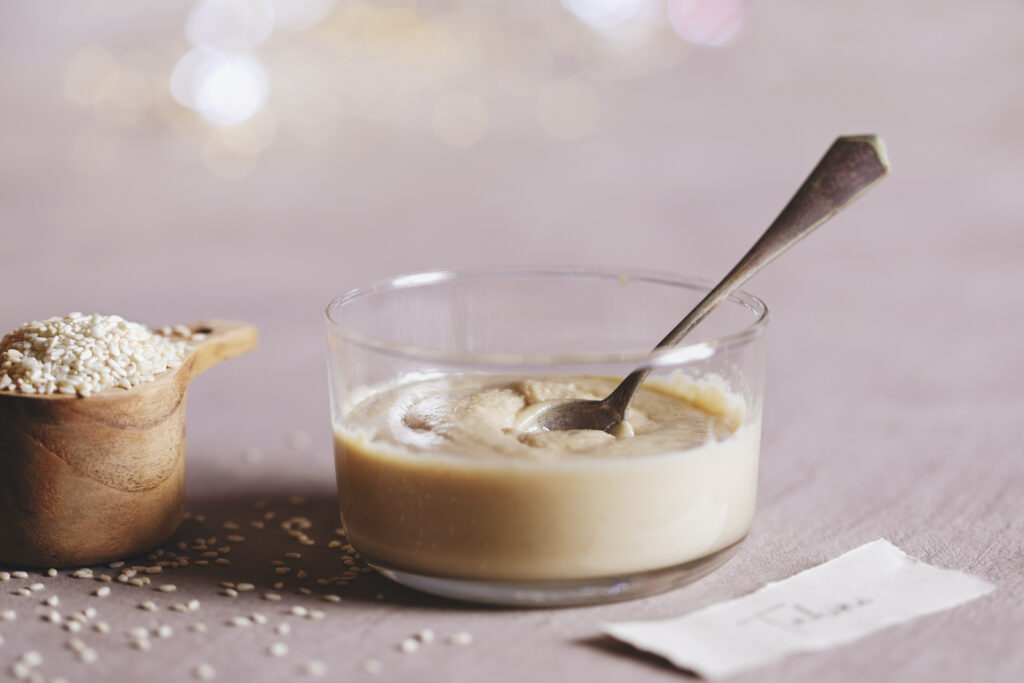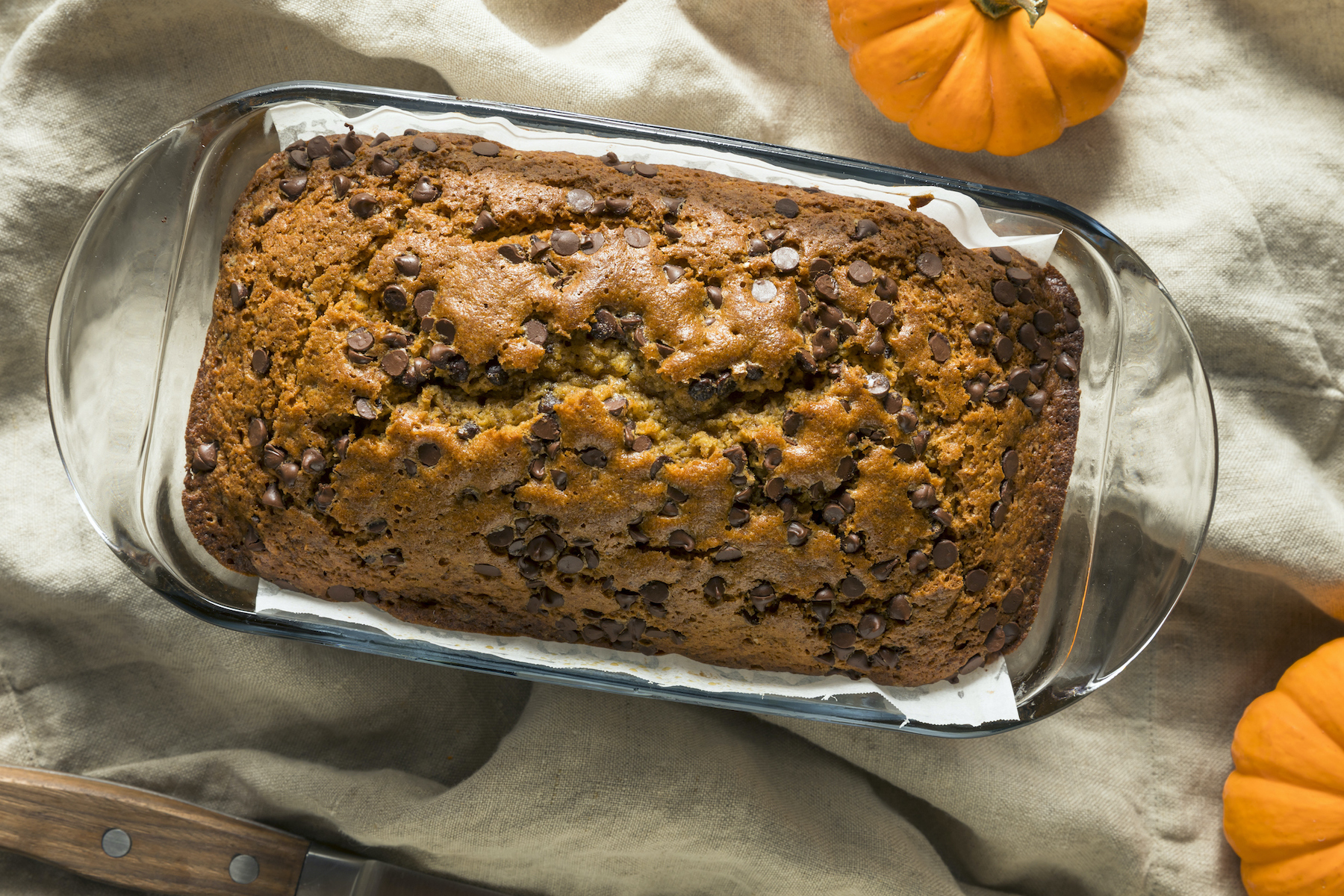About a month ago, in a fit of seasonal optimism, I made a pumpkin bread that tasted exactly like what it was: pumpkin bread. Perfectly nice, perfectly one-note — all cinnamon and sugar and nostalgia. But basic. Very, very basic. I wanted something that invited a second slice instead of registering as cloying on the tongue.
So I started wondering how a modern bakery — you know the type: bright and breezy, with curved counters, solid iced coffee, a sunny display case and an obligatory farmers market stall (I have a soft spot for them, even if I’m always overpaying by at least two dollars a pastry) — would update it.
Lately, I’ve been making pilgrimages to some of Chicago’s best, including my nearby favorite, Lost Larson — a Scandinavian-inspired bakery where morning buns glisten with tea glaze and citrus zest — and keeping my eyes peeled for inspiration. Somewhere between the cardamom rolls and the rye financiers, I started a list in my notebook: ingredients that make a pastry taste a little more considered, that take a baked good from basic to, well, something better. (In my notebook, I actually wrote “take a baked good to a baked great,” and immediately crossed it out.)
This reimagined pumpkin loaf borrows a few from that list — cold coffee, candied citrus, sour cream, cardamom, and Turbinado sugar — but as we wrap our little series of weeknight, seasonal bakes over here on The Bite, I wanted to share the whole roster. These are the flavor upgrades that make everything from boxed cake mix to family-favorite cookies taste like they’ve been hanging around a very chic test kitchen, without any real extra time or effort.
Let’s dive in:
Cold coffee
Coffee in baking is less about flavor than perspective. A splash of the chilled stuff doesn’t make your brownies or pumpkin bread taste like a latte — it just sharpens the edges, cutting through sweetness and coaxing out the darker, more roasted notes hiding in chocolate, spice or caramel. The result is depth without density, a flavor that hums quietly beneath the surface, the way a good bass line holds a song together.
Want more great food writing and recipes? Sign up for Salon’s free food newsletter, The Bite.
Miso
There’s a particular kind of sweetness that only tastes right when it’s slightly messed with — when there’s a ripple of salt or funk underneath it, something that makes you pay attention. That’s what miso does. A fermented soybean paste with the power of a thousand pantry upgrades, miso turns “sweet” into “interesting.” White miso is the gentlest version — it whispers rather than shouts — and it loves anything toasted or nutty. Stir a spoonful into caramel, or pair it with brown butter, oats, even coffee, and suddenly your baked good feels moody, complex, alive. The kind of flavor that makes you think, wait, what’s in this?, even if you already know.
According to King Arthur’s Tatiana Bautista, using about 2 tablespoons (30 grams) of miso per cup of flour in batters and doughs — for biscuits, cookies, loaves, and tarts alike — is a good place to start. Think of miso as a modifier rather than a star ingredient. An all-miso cookie might be a little much, but a miso–chocolate chip cookie? That’s a balance worth chasing (this recipe is a good place to start).
Bourbon
Good bourbon tastes like a bakery in a bottle. Vanilla, brown sugar, nutmeg, caramel — all the cozy notes you already reach for in your fall baking — with subtler edges of smoke, charred oak, black pepper, even stone fruit or black tea if you’re paying attention. It’s a flavor that feels grown-up without trying too hard, the equivalent of wearing perfume that smells faintly of old leather books.
Like miso, a little goes a long way in baking. Add just a few tablespoons directly into your batter or dough, keeping in mind that bourbon is acidic and can throw off the chemistry if you overdo it. The key is balance — choose a bottle whose proof and flavor profile complement what you’re making rather than bulldozing it. Lush and warm, bourbon loves to hang out with fall fruit (pears, apples, pumpkin) where its toasty sweetness can deepen the flavor without stealing the scene. Try it in something like mini bourbon apple pies, or anywhere you’d use vanilla but want the flavor to come with a little swagger.
Candied citrus

(Carlina Teteris/ Getty Images) Candied citrus
If zest is a whisper of sunshine, candied citrus is the whole ray — sweet, bitter, chewy, and just a little decadent. Made by simmering peels or slices in sugar syrup until they turn translucent, it captures the brightness of the fruit and tempers it with caramel richness. It’s that gleaming, jewel-toned garnish you spot on bakery cakes and think, oh, that’s what makes it look fancy.
Fold chopped candied peel into a loaf or cookie dough, or use thin slices to crown a tea cake or quick bread. A little goes a long way; you want enough to make someone pause mid-bite, not feel like they’ve hit candy. Candied citrus plays especially well with dark chocolate, spices like cardamom or cinnamon and dairy-forward batters that let its bitterness shine through. It’s accessible luxury — something you can make on a Sunday afternoon that tastes like it belongs behind a pastry case.
Labneh or sour cream
Speaking of dairy-forward batters, these are the ingredients that make a loaf plush, the ones that whisper moisture and tang into every crumb. A little labneh — a thick Middle Eastern yogurt — or sour cream turns a batter from simple to sultry, creating that tight, tender texture you find in bakery slices that stay soft for days. The secret is fat and acid: both help tenderize gluten and deepen flavor in a way milk can’t quite pull off.
You can swap in labneh or sour cream for part of the milk or buttermilk in cakes, muffins and loaves — usually about a one-to-one substitution, thinned slightly with water if it’s very thick. The result isn’t overtly tangy; it’s just balanced, the kind of sweetness that tastes intentional. It’s what gives pound cakes that almost cheesecake-like richness and lets spice cakes feel elegant instead of heavy.
Cardamom
One of the most underrated spices, and one I’ve grown very fond of after spending time in the Swedish bakeries of Chicago’s Andersonville neighborhood. It’s the quiet backbone of so many Scandinavian sweets — not as obvious as cinnamon, not as assertive as clove — but when it’s there, you know. Cardamom has a way of perfuming a room, soft and citrusy and floral all at once.
Ground cardamom works beautifully in loaf cakes, cookies and morning buns — anywhere you’d use cinnamon but want something a little more elegant. Start with a teaspoon per loaf or batch of dough, and adjust from there. You can also crack open the green pods and steep them in warm milk or cream before folding that liquid into a batter or glaze for a gentler touch.
Tahini

(Svetlana-Cherruty/Getty Images) Jar filled with tahini
Tahini is the grown-up cousin of peanut butter — elegant, a little mysterious and not nearly as sweet. Made from ground sesame seeds, it brings a toasty, nutty depth that can make a cookie or cake taste instantly more sophisticated. It’s equally at home in Middle Eastern pastries as it is your Tuesday-afternoon banana bread.
In baking, tahini behaves like both fat and flavoring: it adds richness, tenderness and that faintly bitter (sometimes almost verdant) note that keeps sweetness in check. Whisk a few tablespoons into brownie batter or cookie dough, or stir it into glaze for a silky, sesame finish. If you want to play, pair it with honey, chocolate or citrus — anything that benefits from a little grounding. Used well, tahini is what makes a dessert taste intentional, like it came from someone who really knows what they’re doing.
Malt or buttermilk powder
If you’ve ever wondered why bakery treats have that cozy, indefinable something — a depth that homemade versions can’t quite match — malt and buttermilk powder might be the secret. These are quiet enhancers, the flavor equivalent of soft focus.
Malt powder adds toastiness and a hint of nostalgia, that milkshake-parlor warmth that makes chocolate and vanilla taste richer. Buttermilk powder brings gentle tang and tenderness, like a behind-the-scenes acid balance that wakes up sweetness and keeps crumb soft. Both are pantry-friendly, lasting for months, and a tablespoon or two in your dry mix is often all you need.
Use malt powder when you want your cookies to taste malt-shop dreamy, and buttermilk powder when you want your cake to taste like it’s been tested a hundred times by someone’s Southern grandmother. Neither steals the show; they just make everything taste a little more “done.”
Sea salt flakes or Turbinado sugar
If flavor is the song, texture is the echo — the thing that lingers after the bite. That’s where finishing touches like sea salt flakes or Turbinado sugar come in. They do opposite things in spirit but share the same intention: to wake you up at the very end.
A sprinkle of flaky salt sharpens everything around it — caramel, chocolate, brown butter — pulling sweetness into focus and making a dessert taste more alive. Turbinado sugar, with its amber crunch, does the reverse: it catches light, adds warmth, makes a crust sparkle. Both signal care, the quiet confidence of someone who knows a baked good should feel as good as it tastes.
They’re the punctuation marks of baking, reminding you that pleasure lives in the details.
And here is the pumpkin loaf that brings several of these flavors together. The splash of cold coffee reins in the sweetness and coaxes out the pumpkin’s earthiness; the sour cream makes it tender enough to almost sigh apart under your knife. Cardamom adds intrigue, candied citrus adds gleam and a final scatter of Turbinado sugar gives you the kind of crust that shatters just so.
Ingredients
- 1 ¾ cups all-purpose flour
- 1 teaspoon baking soda
- ½ teaspoon baking powder
- ½ teaspoon kosher salt
- 1 teaspoon ground cinnamon
- ½ teaspoon ground cardamom
- 1 cup pumpkin purée (not pie filling)
- ½ cup packed brown sugar
- ⅓ cup granulated sugar
- 2 large eggs
- ⅓ cup neutral oil (like grapeseed or canola)
- ⅓ cup sour cream
- 2 tablespoons cold coffee or espresso
- 1 teaspoon vanilla extract
- ½ cup dark chocolate chunks or mini chocolate chips
- 2 tablespoons finely chopped candied citrus peel (orange or lemon)
- 2 tablespoons Turbinado sugar, for topping
Directions
- Preheat your oven to 350°F. Grease and line a 9×5-inch loaf pan with parchment, leaving some overhang for easy lifting.
- Whisk together the dry ingredients — flour, baking soda, baking powder, salt, cinnamon, and cardamom — in a medium bowl.
- In a large bowl, whisk together the wet ingredients: pumpkin purée, brown sugar, granulated sugar, eggs, oil, sour cream, coffee, and vanilla until smooth and glossy.
- Fold in the dry ingredients just until no streaks remain. Stir in the chocolate chunks and candied citrus.
- Pour into the prepared pan and smooth the top. Sprinkle generously with Turbinado sugar for sparkle and crunch.
- Bake 55–65 minutes, until a tester inserted in the center comes out clean or with a few moist crumbs.
- Cool completely before slicing — though if you sneak a warm end piece, I won’t tell.
This story originally appeared in The Bite, my weekly food newsletter for Salon. If you enjoyed it and would like more essays, recipes, technique explainers and interviews sent straight to your inbox, subscribe here.


